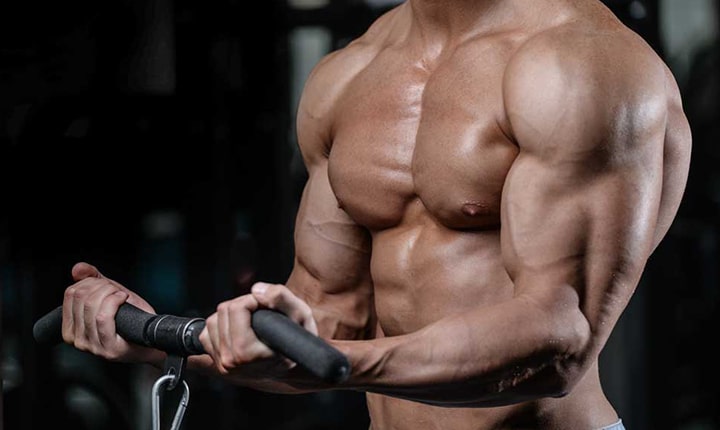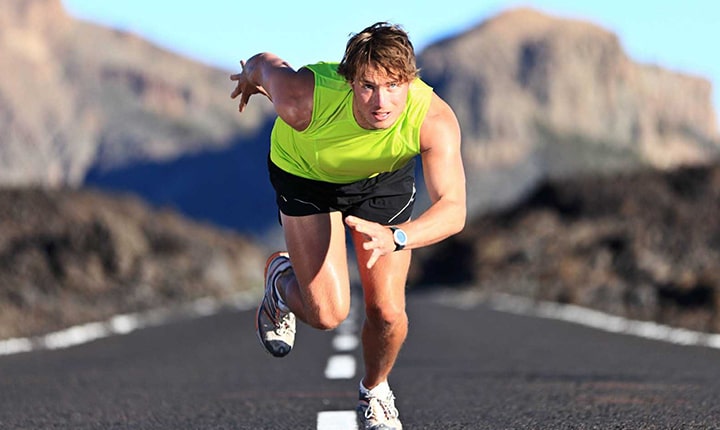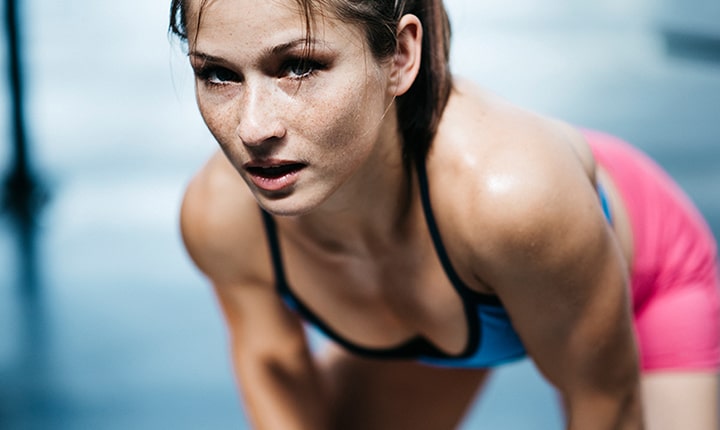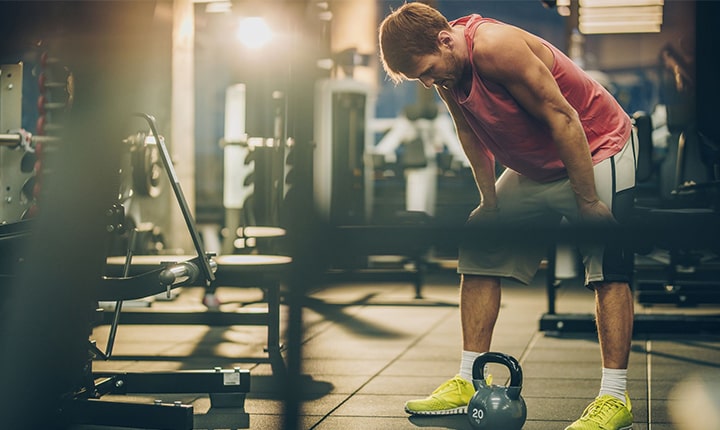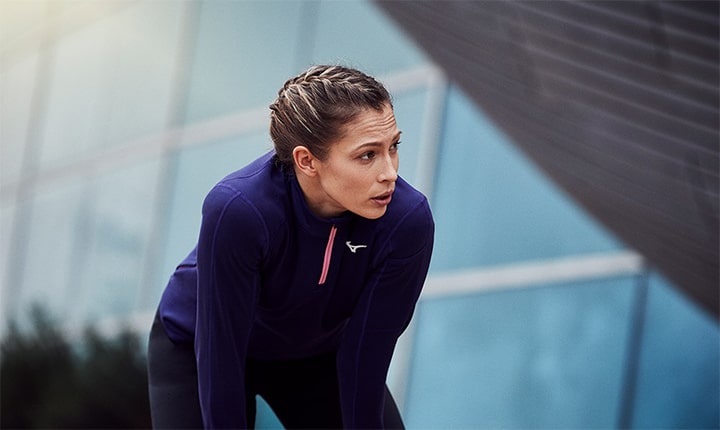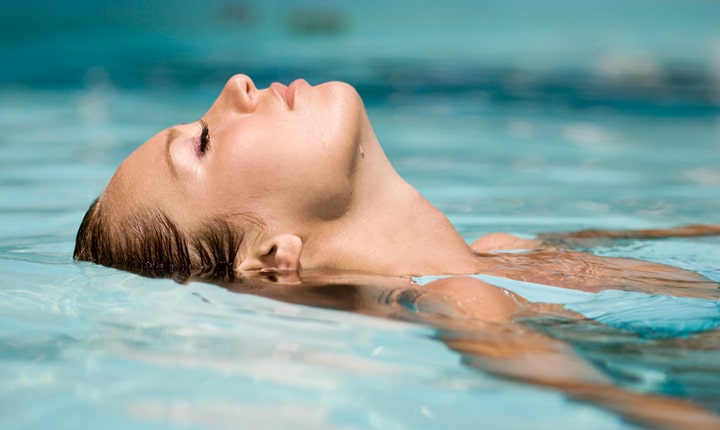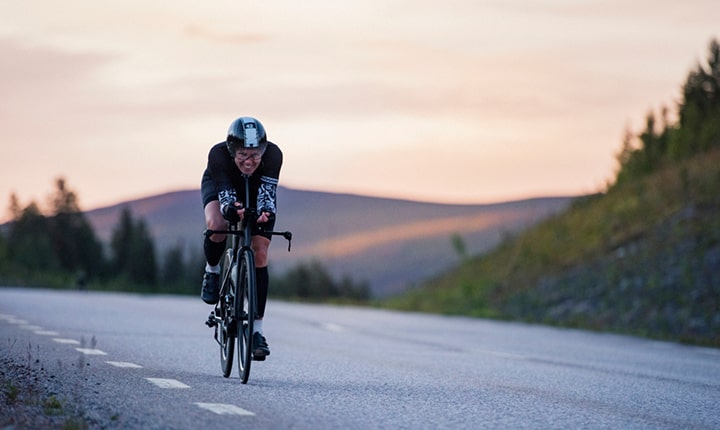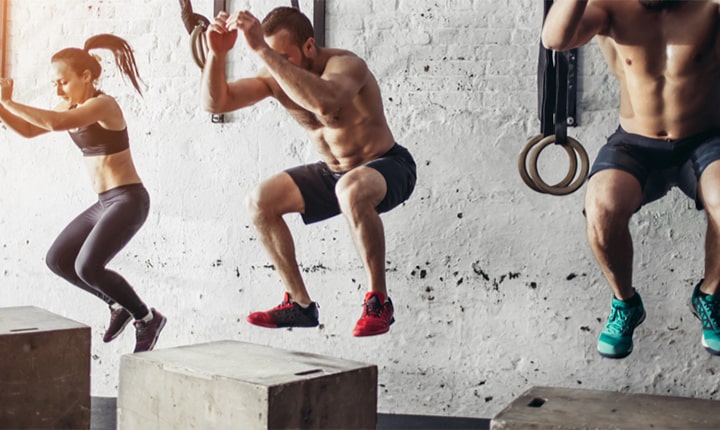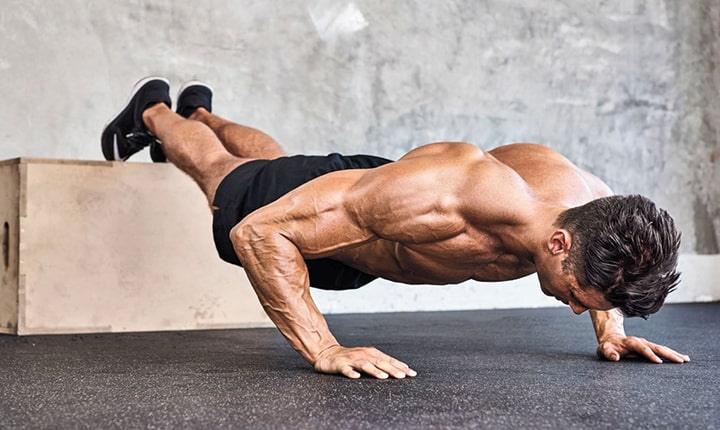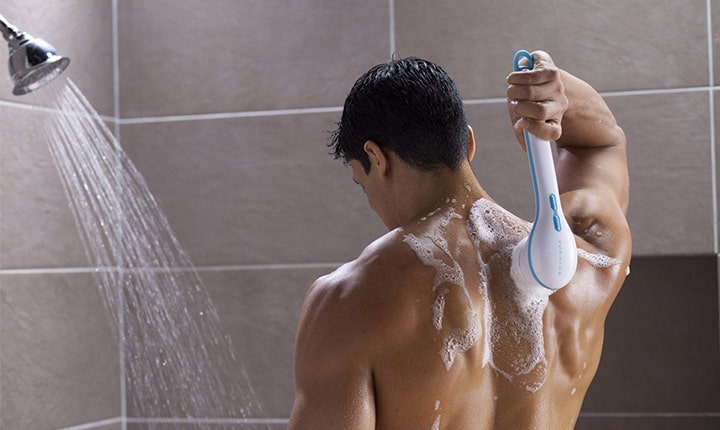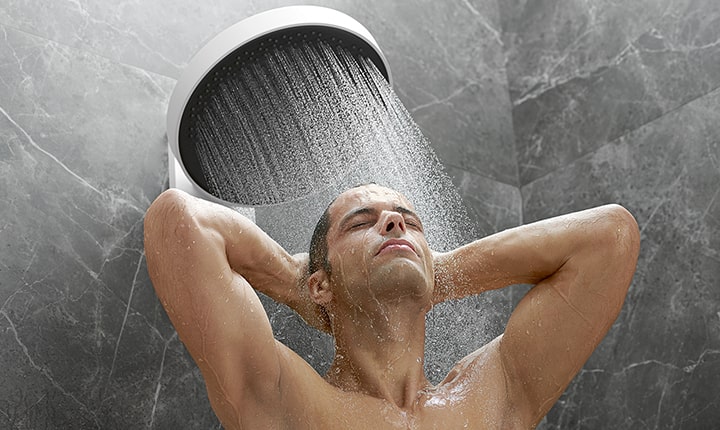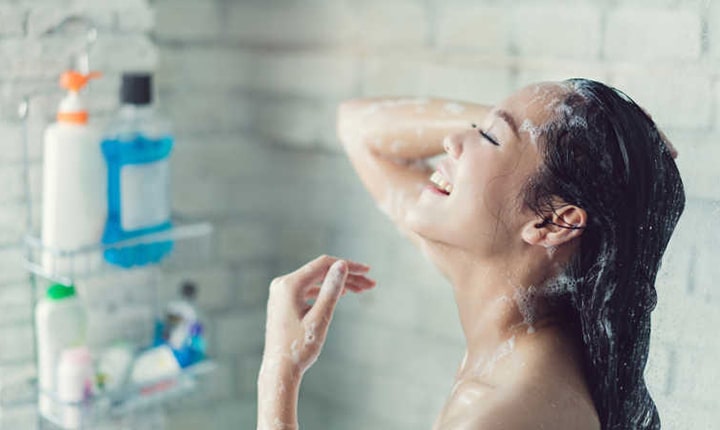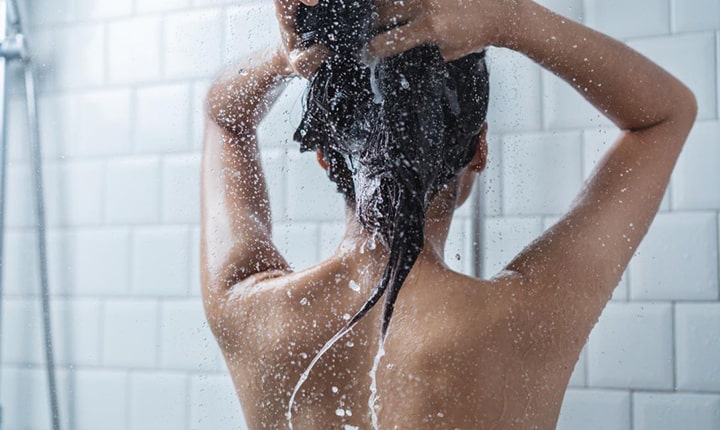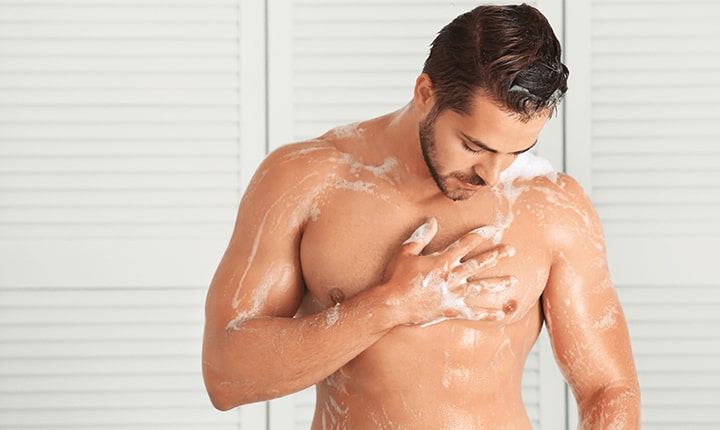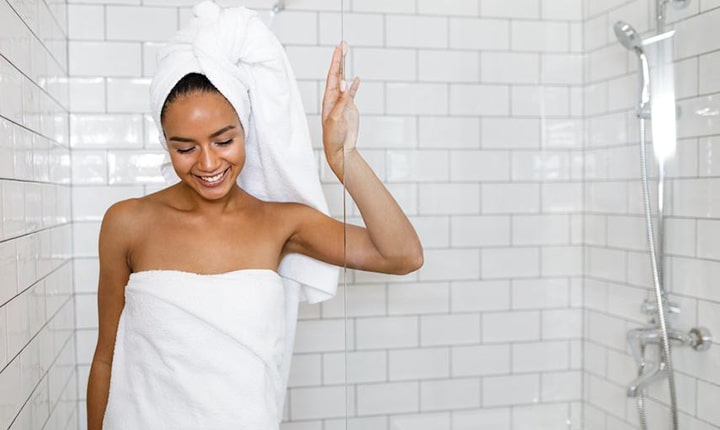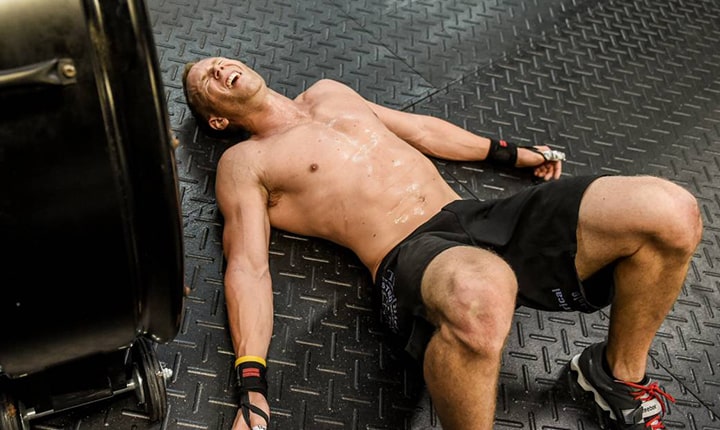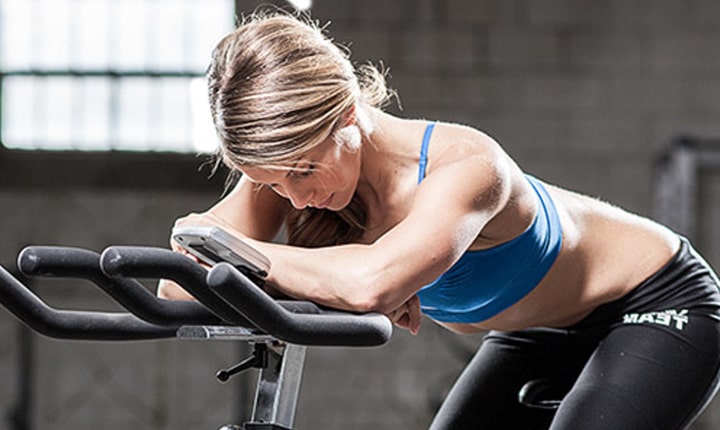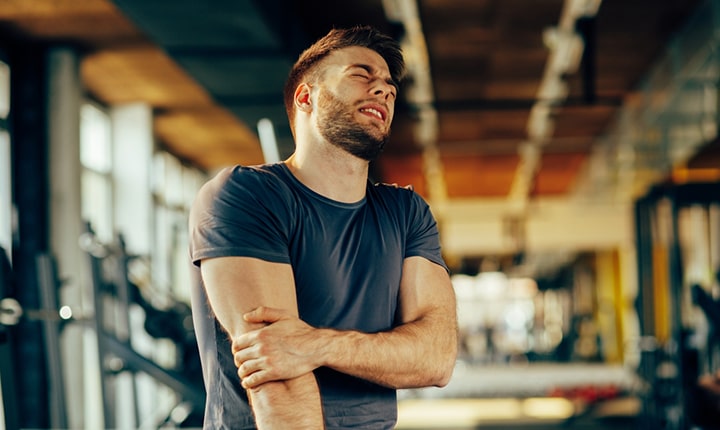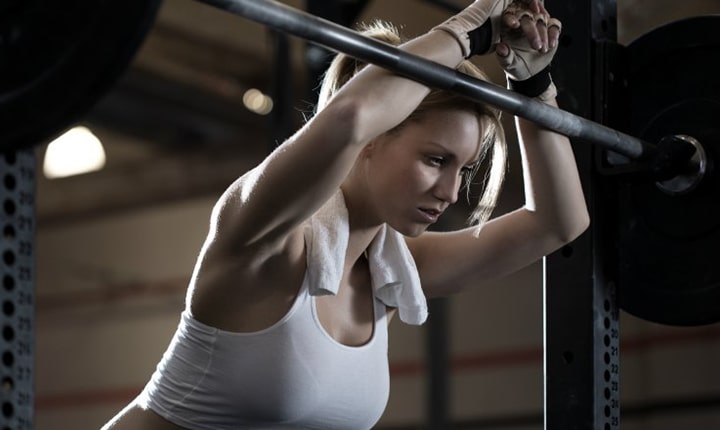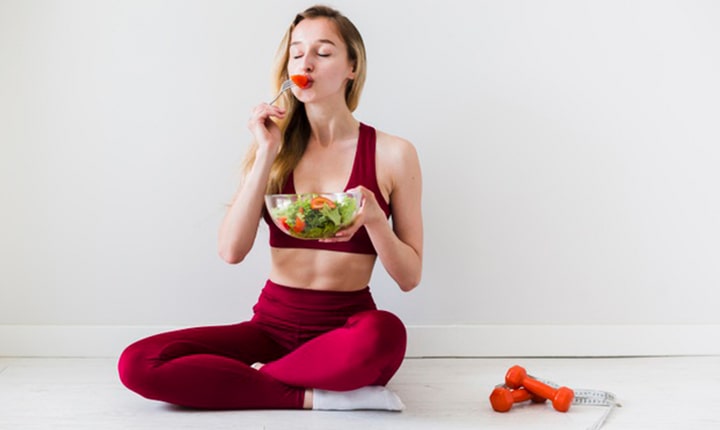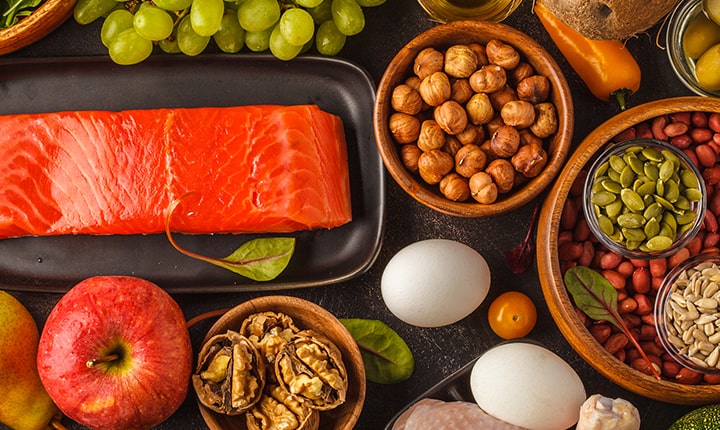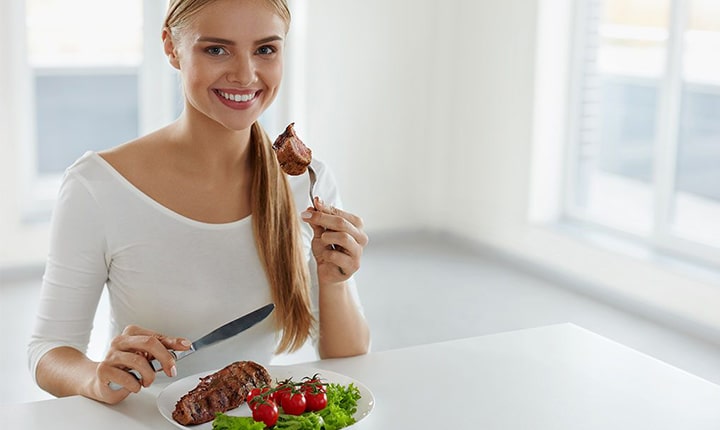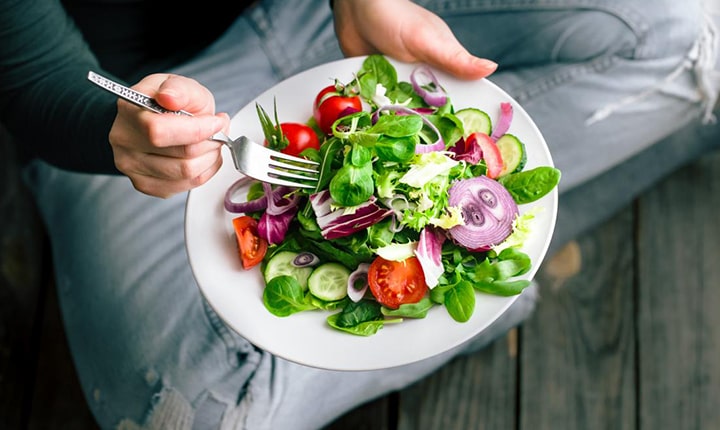Pumping up biceps continue to remain one of the top-most priority of fitness enthusiasts across the globe. Whether it is for strengthening them or flexing them or to improve their overall appearance, people work their sweat out to boost their biceps.
Therefore, we have decided to help you learn the five most important biceps exercise that would do wonders to your arms. Keep on reading to find out about them.
Best Biceps Exercises for You
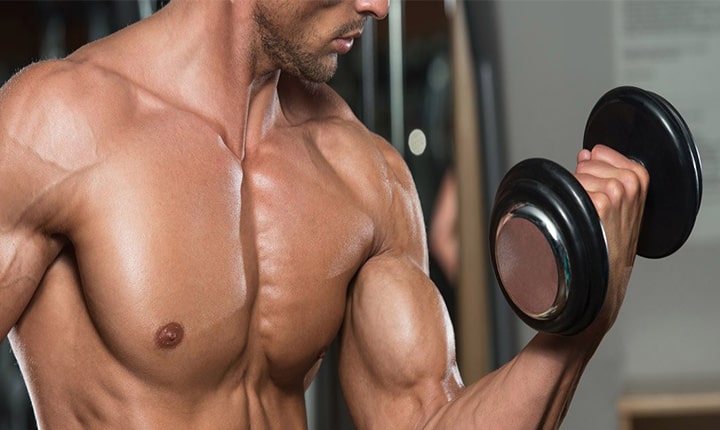
Your biceps are nothing but a large muscle group on the frontal part of your upper arm. They help you in flexing your elbow and in rotating your forearm. With the help of biceps exercise, you can improve your strength, stability, muscle mass, and appearance. The following exercises would convert your fitness level from generic to biceps-oriented.
Concentration Curl
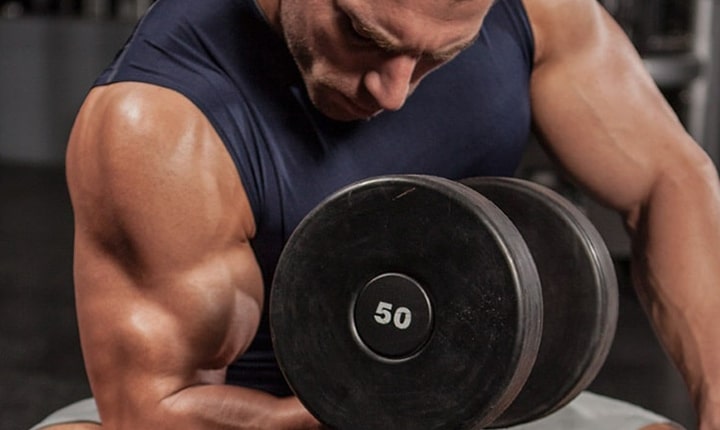
First up on our list of best biceps exercises is the concentration curl. It is an isolated bicep exercise that helps you to focus solely on building muscle mass to your upper arm’s core section. For this, you would need a dumbbell and while using heavy weights is always encouraging, the main point here is to pay attention to the act of contraction.
To perform this exercise, you first need to sit on a bench by spreading your legs. You then need to rest your arms (that is holding the dumbbell) on the same side leg. Make sure it is just beneath your knee and the weight is hanging between your two legs. Proceed to place your off-hand on your thigh. This would help you in keeping your torso stable and upright. Slowly, curl the weight up. Pause for a second and then squeeze your biceps at the top.
Next, you need to slowly reverse the movement to return to start. Make sure to repeat it on the opposite side as well.
Chin-Up
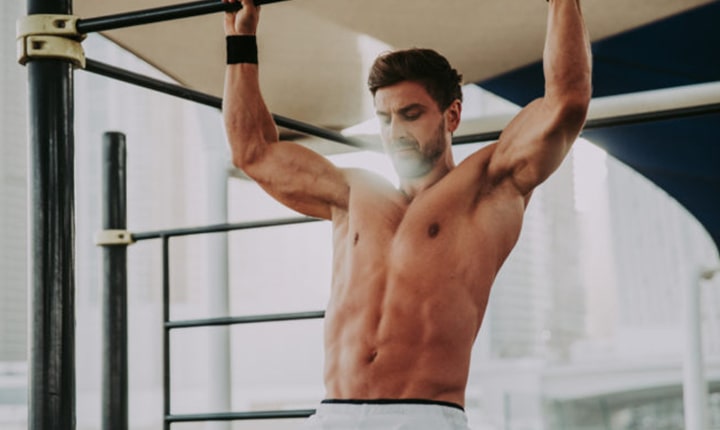
One of the most common biceps exercises, chin-ups may not necessarily isolate your biceps, but they surely train them hard. In here, you need to use your shoulders, arms, back, along with your biceps to pull your entire bodyweight from a bar. It greatly contributes to your serious upper-body strength.
To perform this exercise, you need to, first of all, find a chin-up bar. You then need to grab it by maintaining a shoulder-width underhand grip. Make sure to hand at your arm’s length. Proceed to squeeze your shoulder blades back and down. You also need to bend your elbows and bring the top of your chest to the bar. Wait for a few second and then gently lower yourself down to the starting position.
Spider Curl
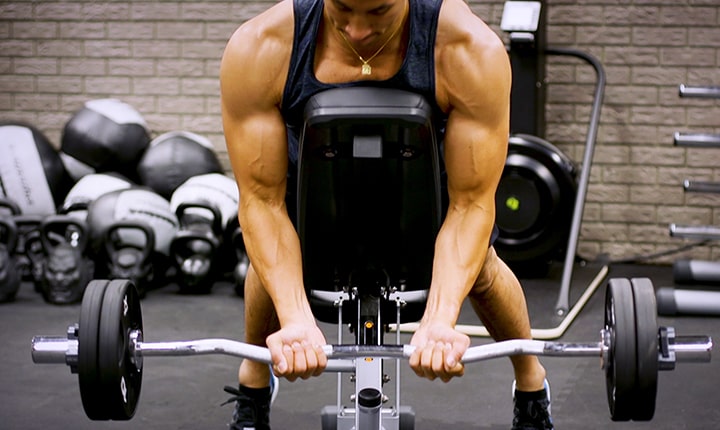
Spider curls help in strengthening your arms by making use of smart positioning. A key note that you need to bear in mind while performing this exercise is the weight of the dumbbell. It is recommended to pick a lighter weight than you usually pick. This will enable you to handle the complete challenge.
To perform this biceps exercise, you need to grab a dumbbell and sit on an incline bench facing forward. Next, you have to squeeze your bicep in order to curl the dumbbell way up in a clean form. Be sure to move only at the elbow. After that, move your shoulder out of the equation. You can do this by keeping your back engaged.
Standing Barbell Curl
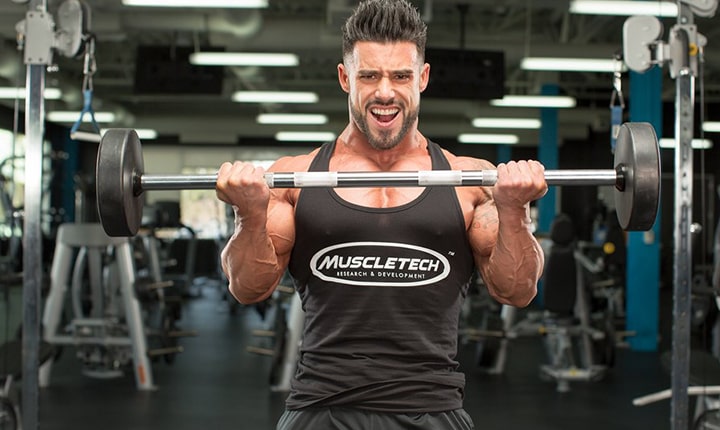
Standing barbell curl can be regarded as one of the most basic, yet effective biceps exercise out there. Barbells help you in strengthening your arms evenly and simultaneously. The position of your grip allows you to work on the various parts of your muscles.
In order to perform standing barbell curls, you need to grab the barbell with an underhand grip. Make sure that your hands are positioned as wide as your hips. To focus on the inner portion of the biceps, you need to take a wider grip. Else, if you want to focus on the outer part of your biceps, then you have to bring your hands closer together.
Begin by holding the bar at hip height. Contract your biceps and squeeze your core to curl the bar up to shoulder height. Be sure to squeeze your biceps at the top of the movement. After that, gently lower your weight back to the starting position. You need to ensure that you control the weight all throughout the process. Your feet must be solidly planted during the entire tenure of the exercise. Make sure not to use your hips to lift the weight under any circumstance.
Standing Resistance Band Hammer Curl
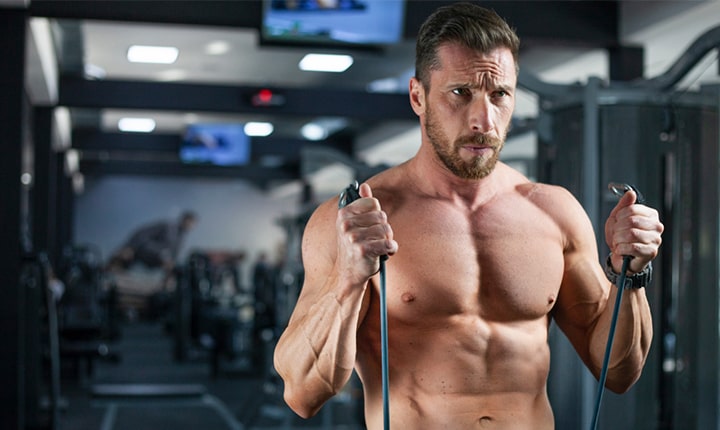
For our next biceps exercise, we need you to put down the dumbbells and barbells and pick up some resistance bands. These bands help you in working through the entire range of motion by providing resistance through the unconventional part of the exercise alongside the curl lift. Brachialis is a type of lower muscle that helps in making your arms look thick. In this exercise, the hammer grip puts the focus on the brachialis.
To perform standing resistance band hammer curl, you have to step on the centre of a resistance band. Grip one end of the implement in each hand. Try to hold the resistance band with your palms being parallel to each other.
Next, you need to curl your hands towards your shoulders and squeeze your biceps at the top of the movement. Proceed to lower your hands back down the sides. Be sure to maintain tension on the band. Your elbows must be stable and stay in position at your sides throughout the movement.
Summary
Biceps exercises are not there to merely beautify you. They are responsible for increasing your strength and stability. These aforementioned exercises can serve as the basis of your biceps-training workout regime.
Remember to warm up beforehand and don’t forget to squeeze at the top of each muscle contraction. In addition, take adequate rest so that your muscles are able to benefit from the exercise you are performing. Be safe and be healthy!


